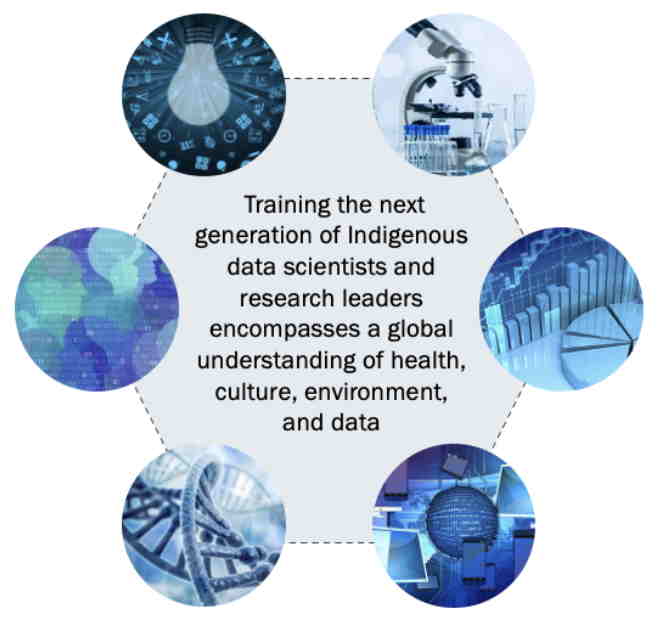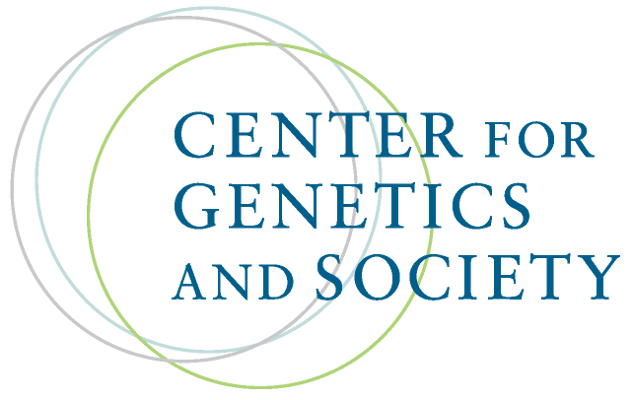Training the Next Generation of Indigenous Data Scientists
By Sabrina Imbler,
New York Times
| 06. 29. 2021
A new workshop explores the right of Indigenous people to govern the collection, ownership and use of their biological and cultural data.
When Krystal Tsosie introduces her genomics students to the concept of biocommercialism — the extraction of biological resources from Indigenous communities without benefit — she always uses the same example: the Human Genome Diversity Project.
The researchers who conceived of the project in the 1990s aimed to collect samples from human populations around the world, with particular emphasis on what they deemed “vanishing” Indigenous populations. “A lot of that information is now publicly available to advance the course of science,” said Ms. Tsosie, a genetics researcher at Vanderbilt University and a member of the Navajo Nation. “But who accesses these data sets?”
Ms. Tsosie, answering her own question, cited as examples Ancestry and 23andMe, two companies that commercialize and profit from Indigenous genomic data sourced without consent from people in Central and South America. In 2018, GlaxoSmithKline invested $300 million in 23andMe and paid for a four-year partnership enabling it to use 23andMe’s database of digital sequence information. In 2020, 23andMe licensed a drug compound it developed from its trove of consensually sourced genetic information.
Accordingly, Ms. Tsosie...
Related Articles
By Hannah Devlin, The Guardian | 12.06.2025
Couples undergoing IVF in the UK are exploiting an apparent legal loophole to rank their embryos based on genetic predictions of IQ, height and health, the Guardian has learned.
The controversial screening technique, which scores embryos based on their DNA...
By Frankie Fattorini, Pharmaceutical Technology | 12.02.2025
Próspera, a charter city on Roatán island in Honduras, hosts two biotechs working to combat ageing through gene therapy, as the organisation behind the city advertises its “flexible” regulatory jurisdiction to attract more developers.
In 2021, Minicircle set up a...
By Vardit Ravitsky, The Hastings Center | 12.04.2025
Embryo testing is advancing fast—but how far is too far? How and where do we draw the line between preventing disease and selecting for “desirable” traits? What are the ethical implications for parents, children, clinicians, and society at large? These...
By Pam Belluck and Carl Zimmer, The New York Times | 11.19.2025
Gene-editing therapies offer great hope for treating rare diseases, but they face big hurdles: the tremendous time and resources involved in devising a treatment that might only apply to a small number of patients.
A study published on Wednesday...




